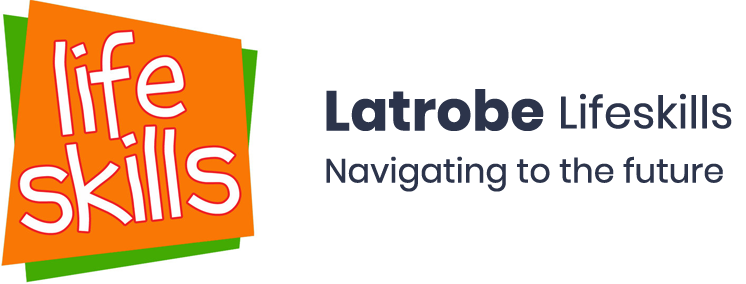Literacy and Numeracy are the building blocks upon which other learning is built – that’s why we call them ‘Foundation Skills’. They are crucial in helping Participants navigate the world around them with confidence and independence. It is therefore important for us Trainers & Assessors to stay across the latest teaching trends in these subjects. One recent trend has been the move towards using ‘Synthetic Phonics’ to teach reading and writing. Australia has been following Britain’s lead in introducing this method into classrooms. The idea behind Synthetic Phonics is that English speech can be divided up into 42 units of sound (phonemes). Once students learn these individual sounds, and the letters that represent them, they can blend them together to sound out whole words. At Lifeskills we are trialing the introduction of Synthetic Phonics for literacy-challenged students, using Jolly Phonics. While some see Synthetic Phonics as the definitive way to teach reading/writing, we see it as another tool we can deploy in the classroom. Obviously there is only so much we can achieve during class time so the success of any literacy program depends on support from home, which is why I have been emailing parents/carers and informing them of the homework going home with Participants, and the help they can offer at home. At present we are using Synthetic Phonics to help students gain the required skills to pass the Course in Initial Adult Literacy and Numeracy on Monday mornings, but going forward it will become an integral part of our non-accredited literacy program too.




